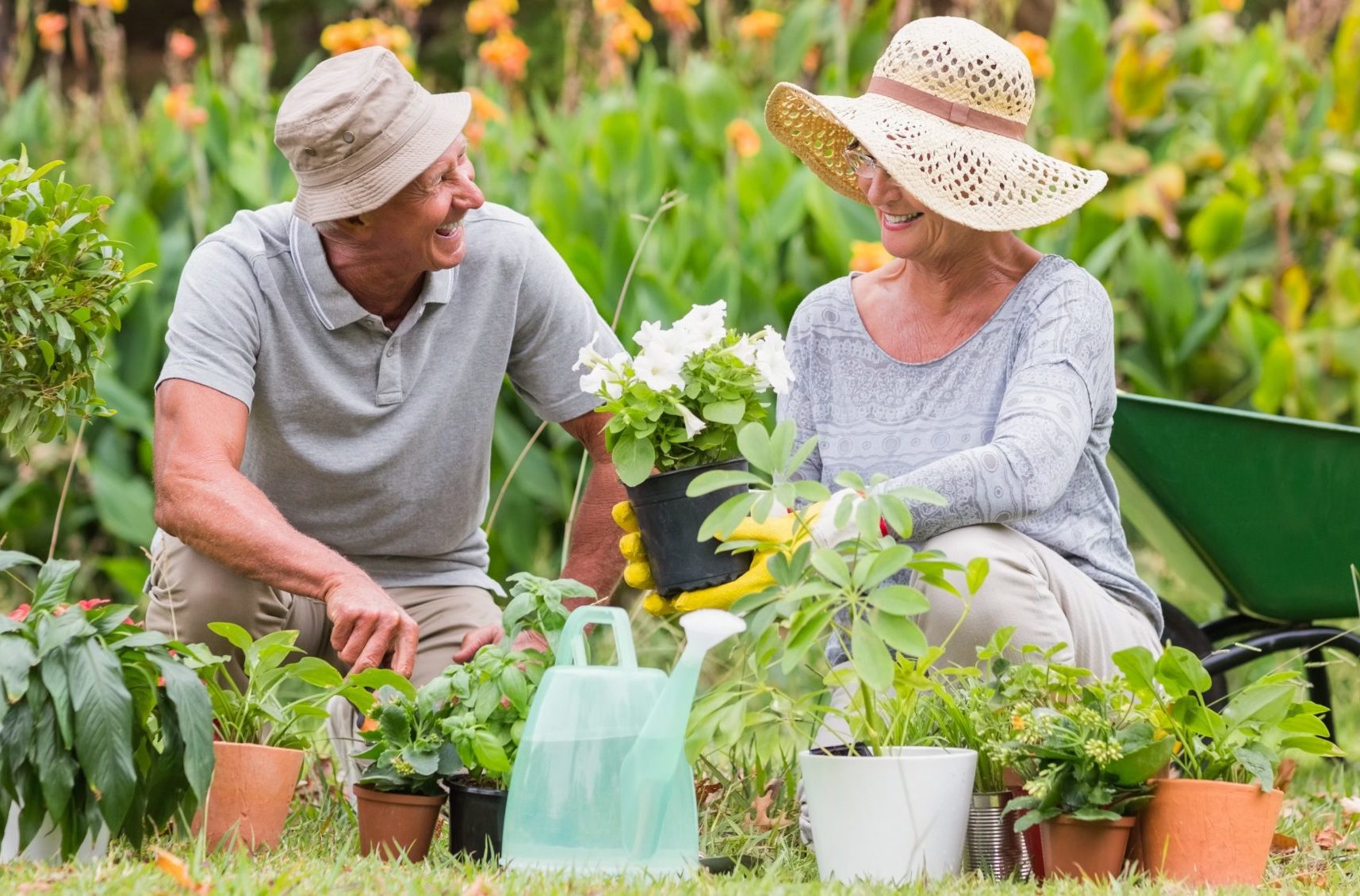Gardening 101: Structure Your Ultimate Gardening Kit for Beginners
Wiki Article
The Ultimate Overview to Horticulture for Beginners: Step-by-Step Tips and Methods for Expanding a Flourishing Yard
From comprehending your yard area to selecting the right plants and preparing the soil, we have actually got you covered. Obtain prepared to unleash your environment-friendly thumb and develop a gorgeous, growing garden.Comprehending Your Garden Area
Comprehending your yard space is essential for creating a growing yard. This will certainly aid you figure out which plants will flourish in each location. gardening tips for beginners.Next, assess the dirt in your garden. Recognizing your dirt type will assist you in choosing the right plants and implementing proper dirt modifications. This information will certainly aid you make notified choices concerning watering and plant placement.
Moreover, take notice of any type of microclimates within your yard. These are small locations that may differ in temperature or moisture degrees contrasted to the rest of your yard. For instance, a south-facing wall surface might keep warmth, creating a warmer microclimate. Use these variations to your advantage by planting heat-loving or moisture-loving plants in these locations.
Picking the Right Plant Kingdoms

Do you like low-maintenance plants or are you eager to place in additional initiative for high-yield plants? Believe regarding the amount of time, power, and resources you are willing to invest in your garden.
In addition, consider the space available in your yard. Take dimensions and plan the format of your plants. Consider the fully grown size of each plant and ensure they have sufficient space to expand without congestion each other.
Lastly, think of the functionality of your plant options. gardening tips for beginners. Will you be able to offer the required treatment and maintenance for your chosen plants? Think about elements such as watering, fertilizing, pest control, and trimming
Preparing the Soil for Planting
Once you have actually picked the appropriate plants for your growing yard, it's time to dive right into the important task of preparing the dirt for growing. Prior to you start excavating, it's critical to examine the high quality of your dirt. Take a sample and test its pH degrees, as various plants thrive in various pH ranges. If required by adding lime to elevate it or sulfur to reduce it., readjust the pH.
Once the soil is prepared, produce furrows or holes for growing. The deepness and spacing will certainly depend on the certain demands of your selected plants, so refer to the seed packets or plant tags for guidance.
Finally, water the newly grown location thoroughly. This will aid settle the soil and give the plants with the wetness they require to develop themselves. As you water, beware not to remove the soil or damage the fragile plants. With appropriate soil preparation, your yard will certainly be well-appointed to support the development and success of your plants.
Watering and Feeding Strategies
After preparing the dirt for growing, it's crucial to understand efficient watering and feeding methods to make certain the health and development of your garden. It's vital to strike a balance when it comes to watering. Overwatering can cause root rot and various other diseases, while underwatering can lead to stunted development and wilting. The trick is to supply sufficient water to keep the dirt constantly moist yet not saturated. If your plants need watering is by sticking your finger about an inch right into the soil, one way to determine. It's time to water if it feels dry. When watering, go for the base of the plants, as moistening the leaves can motivate conditions. As for feeding, it's critical to offer your plants the nutrients they need to thrive. Organic fertilizers, such as compost or well-rotted manure, are exceptional selections as they offer a sluggish launch of nutrients. It's finest to apply fertilizers in early springtime or late autumn, adhering to the instructions on the bundle. Keep in mind to water your plants after fertilizing to aid the nutrients reach the origins. By mastering these watering and feeding methods, you'll be well on your method to a successful yard.Keeping a Healthy And Balanced Garden
To keep a healthy garden, you need to regularly evaluate your plants for indications of bugs or diseases. By doing this, you can catch any concerns early on and take the essential actions to avoid them from spreading and creating damage to your whole garden. Look for any unusual spots on leaves, wilting or yellowing vegetation, or openings in the leaves, as these might be indications of pests or conditions. If you observe any one of these signs, it is very important to take instant activity.One method to fight pests is by using all-natural treatments such as insecticidal soaps or neem oil. These are effective in regulating usual insects like aphids, termites, and whiteflies without hurting valuable pests. One more approach is to urge helpful insects like ladybugs and lacewings, which prey on garden bugs. Growing blossoms such as marigolds, sunflowers, and sissies will attract these useful pests to your yard.
In enhancement to bugs, diseases can additionally affect your plants. To stop the spread of diseases, it is very important to exercise great garden hygiene. This consists of removing any infected plants or leaves, sterilizing your gardening devices, and staying clear of over-watering. Correct spacing between plants and good air blood circulation can additionally aid protect against the spread of diseases.
Conclusion
By comprehending your yard area, picking the right plants, preparing the soil, and implementing appropriate watering and fertilizing methods, you can create a successful garden. With persistence and dedication, you'll quickly be appreciating the charm and bounty of your very own flourishing yard.Make use of these variations to your benefit by planting moisture-loving or heat-loving plants in these areas.
:max_bytes(150000):strip_icc()/close-up-of-a-women-watering-vegetables-in-a-raised-bed-1407277094-c63fd1ff0a21406ebf17c51ac6c6f2d1.jpg)
Report this wiki page